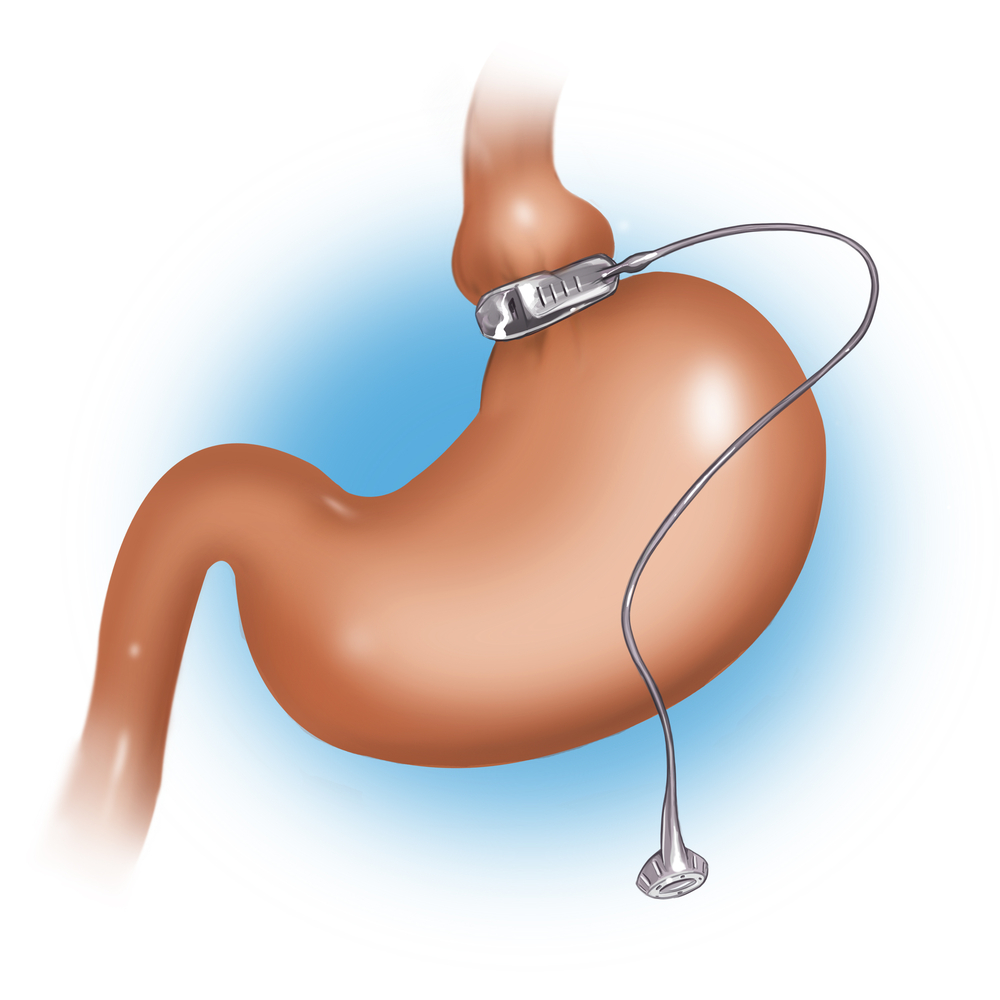One of the main ways clinicians address the high rate of obesity in the United States is by conducting bariatric surgery procedures on eligible patients. With three different types of bariatric surgery available — laparoscopic adjustable gastric banding, laparoscopic sleeve gastrectomy, and Roux-en-Y gastric bypass — it is important to recognize the differences among the surgeries to select the one with the lowest risk-to-benefit ratio in outcomes for each patient.
Carrie A. McGraw, MSN, RN, and Daniel B. Wool, MD, FACS, at Advocate Good Shepherd Hospital in Barrington, Illinois, actively work to improve the quality of bariatric surgeries for obese patients. In a recent review of bariatric surgery, “Bariatric Surgery: Three Surgical Techniques, Patient Care, Risks, and Outcomes,” which was published in AORN Journal, the authors discussed the outcomes and risk of each of the three bariatric surgery options.
According to the article, laparoscopic adjustable gastric banding places a device around the top of the stomach to reduce the size of the stomach and slow movement of food through the stomach. Both aspects increase the feeling of satiety. When patients visit the doctor for a follow-up, the amount of band restriction is gradually increased. On average, approximately 50% of a patient’s excess weight can be lost three years following this procedure. High removal rates have been reported where slippage or gastric erosion have become a problem, though proponents note that patient compliance and behavioral changes can ensure maximum use of the gastric band.
To reduce the size of the stomach without a device, a patient can opt for laparoscopic sleeve gastrectomy. Between 75 and 80% of the stomach is removed, with the help of a gastric sleeve to segment off portions of the stomach during surgery. Patients with a BMI greater than 60 kg/m2 are the preferred patients for this surgery. Approximately 6% of excess weight can be lost in six months following surgery. However, gastroesophageal reflux occurs in 12% of patients treated with this surgery, and the size of the stomach cannot be reversed.
Finally, the two-part Roux-en-Y gastric bypass surgery bypasses the stomach and begins nutrient absorption in the Roux limb of the small intestine. A small gastric pouch is created before the rest of the stomach and a portion of the small intestine are shut off from the digestive system. As a more involved surgery, there are greater risks for leaking, bleeding, ulcers, and internal hernias. Yet patients often lose 75% of excess weight in the first six months following surgery.
“Bariatric surgery is a recognized and accepted approach for addressing weight loss and health conditions that occur as a result of morbid or severe obesity,” wrote the authors. While bariatric surgery centers can conduct successful bariatric surgeries that help their patients lose weight, they also recommend additional interventions such as dietary changes, lifestyle modification, and regular exercise. Combining these other interventions and the most appropriate bariatric surgery for a given patient in a multidisciplinary approach may help solve the obesity problem in America.


